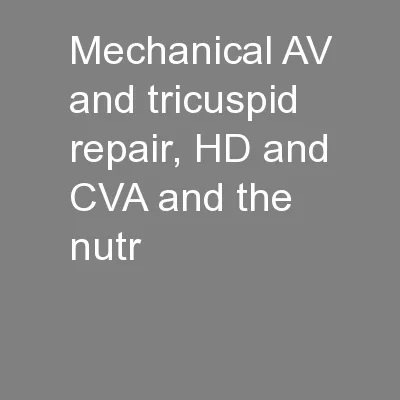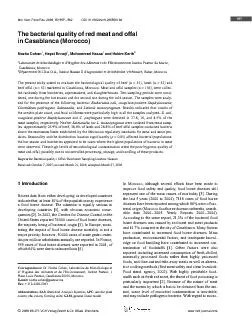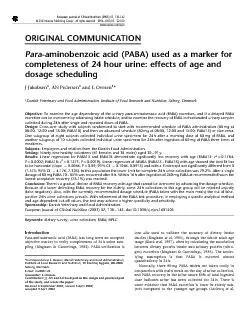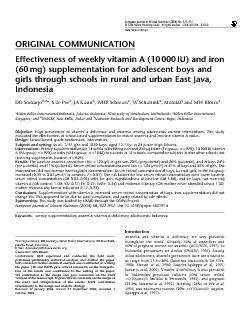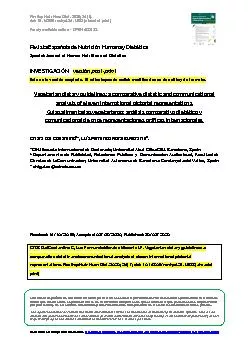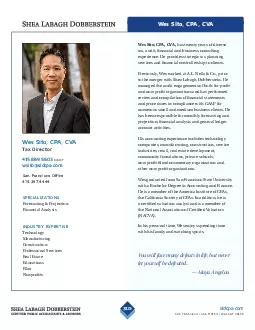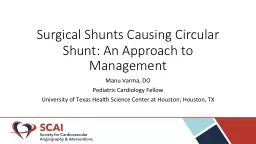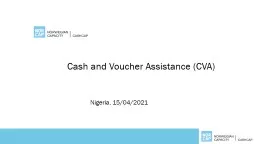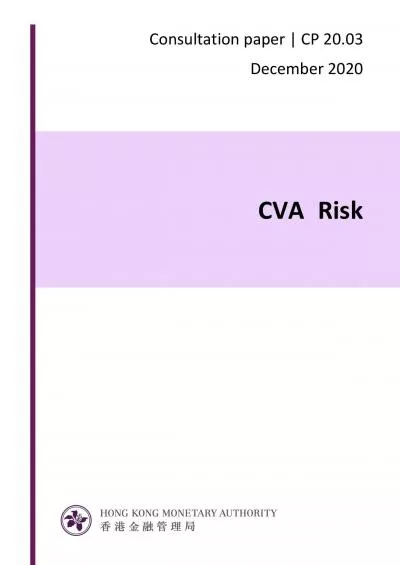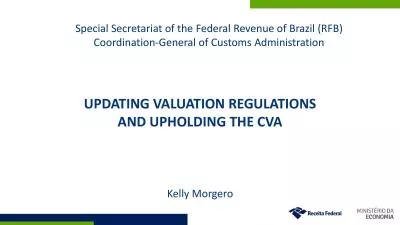PPT-Mechanical AV and tricuspid repair, HD and CVA and the nutr
Author : liane-varnes | Published Date : 2016-06-29
Kidney Disease and Hungry Bone Syndrome Kari Ikemoto Dietetic Intern Keene State College Name That Kidney 1 2 3 4 5 Dartmouth Hitchcock Medical Center 225 acre
Presentation Embed Code
Download Presentation
Download Presentation The PPT/PDF document "Mechanical AV and tricuspid repair, HD a..." is the property of its rightful owner. Permission is granted to download and print the materials on this website for personal, non-commercial use only, and to display it on your personal computer provided you do not modify the materials and that you retain all copyright notices contained in the materials. By downloading content from our website, you accept the terms of this agreement.
Mechanical AV and tricuspid repair, HD and CVA and the nutr: Transcript
Download Rules Of Document
"Mechanical AV and tricuspid repair, HD and CVA and the nutr"The content belongs to its owner. You may download and print it for personal use, without modification, and keep all copyright notices. By downloading, you agree to these terms.
Related Documents

